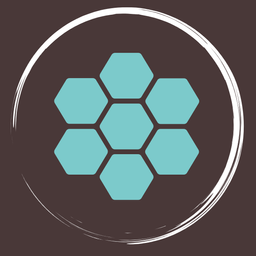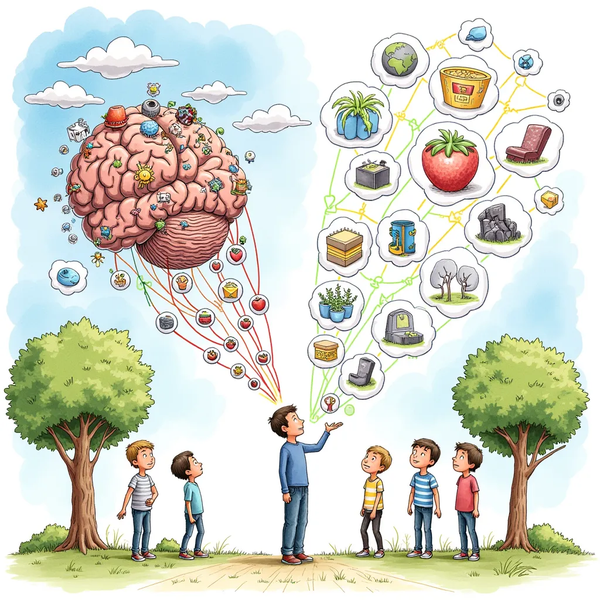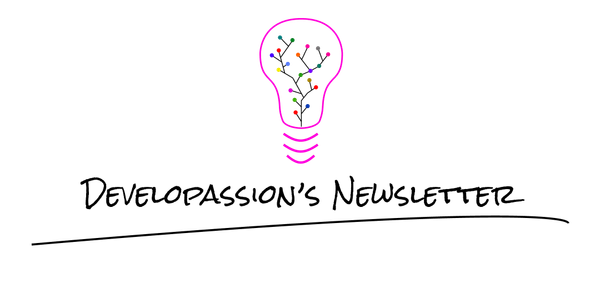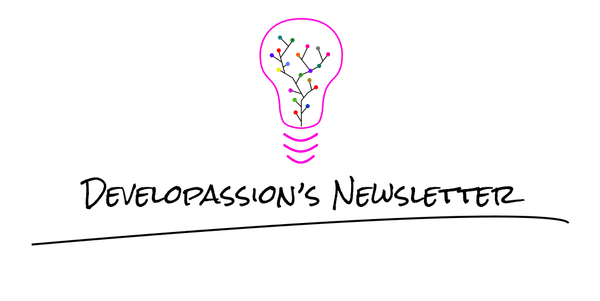My top 10 articles about Personal Knowledge Management (PKM)
Discover my 10 most popular articles about note-taking and Personal Knowledge Management (PKM)

In this article, I want to showcase my most popular articles about Personal Knowledge Management (PKM). Whether you're just getting started or not, these can help you improve your own system.
The Ultimate Beginner's Guide to Obsidian
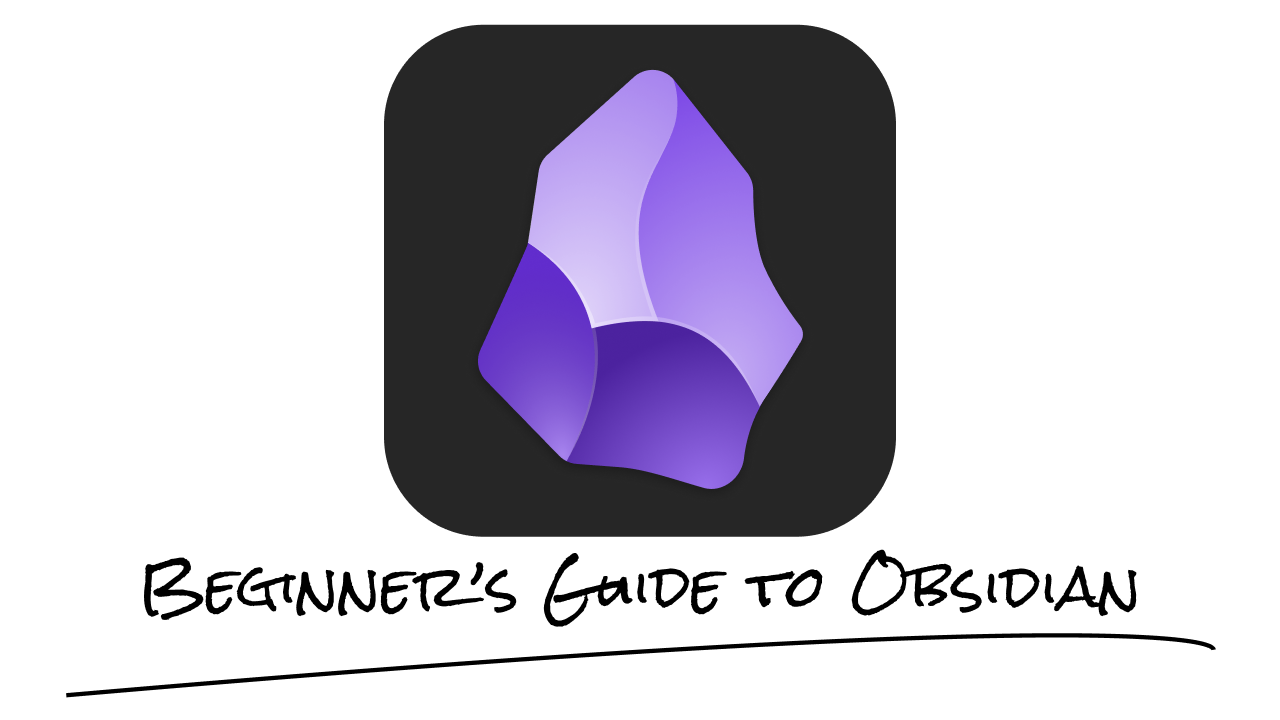
This article is a comprehensive tutorial for newcomers to Obsidian, a popular note-taking and personal knowledge management tool. This guide covers the fundamental concepts of Obsidian, including how to set up and organize notes, utilize Markdown for note creation, and the significance of features like vaults and plugins. It is designed to help beginners quickly grasp the essential aspects of using Obsidian efficiently.
Note that I have also created the Obsidian Starter Course, which is a deep dive course:
The Must-Have Obsidian plugins

This article offers an extensive overview of various essential plugins for the Obsidian note-taking application. It introduces readers to a range of plugins, detailing their functions and benefits. These plugins enhance the functionality of Obsidian, addressing different aspects such as task management, note organization, data visualization, and more. The post is designed to help users navigate the extensive library of available Obsidian plugins and select those that best suit their personal knowledge management needs.
Ten Personal Knowledge Management Practices to Explore and Master

This article outlines essential practices for effective Personal Knowledge Management.
Note-taking vs Note-making

This article distinguishes between these two different practices. On one end capturing external information (often condensed), and on the other, expressing thoughts and ideas, fostering self-expression and creativity.
The Value of Atomic Notes
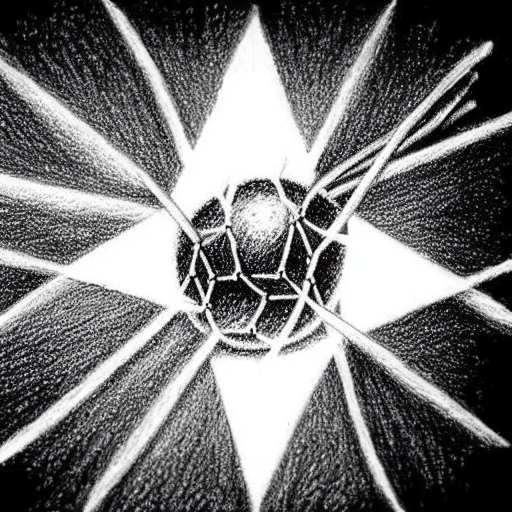
This article discusses the benefits of creating concise, and focused notes in Personal Knowledge Management (PKM). Atomic notes, limited to a single idea or concept, enhance linkability, tagging accuracy, and ease of search within a knowledge base. This approach aids in better understanding, recall, and exploration of ideas, making atomic notes valuable for efficient learning and knowledge accumulation.
The PARA Method

This article covers the PARA method, a system for organizing digital information. It stands for Projects, Areas, Resources, and Archives, each storing specific types of information. This method helps to categorize and prioritize tasks and information, streamlining the organization process for enhanced productivity and clarity.
The Johnny Decimal System
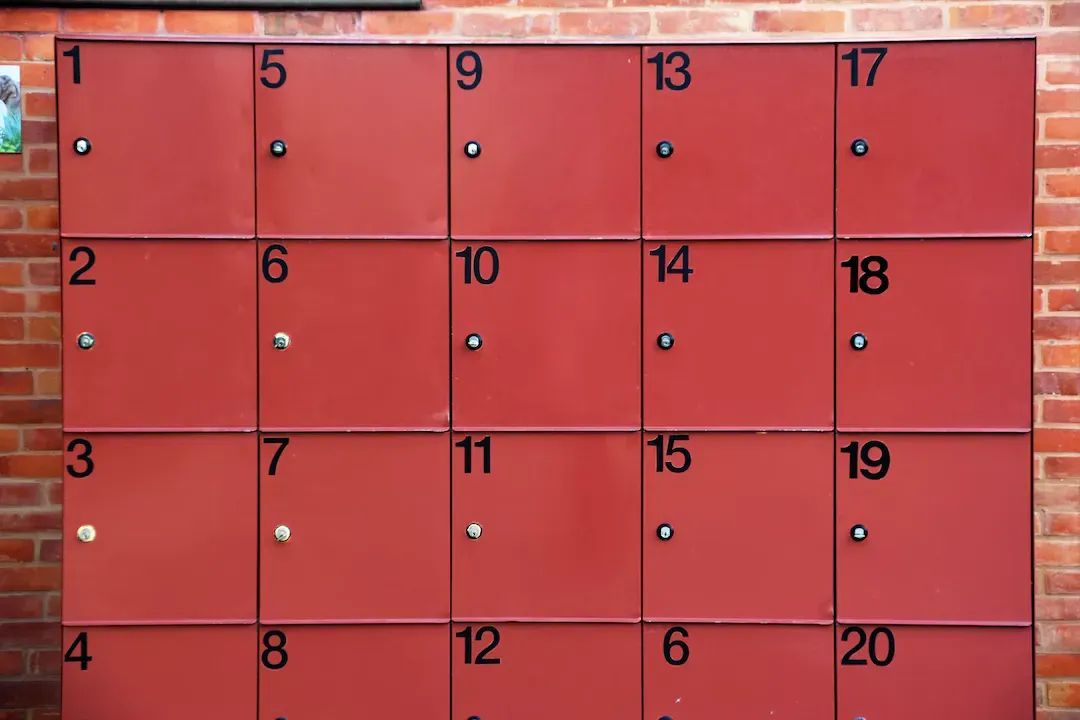
This article explores a popular method for organizing digital information. It describes how to organize any kind of information efficiently. The Johnny Decimal is a versatile tool adaptable across various platforms and tools, enhancing personal knowledge management practices.
Maps of Content (MoCs)
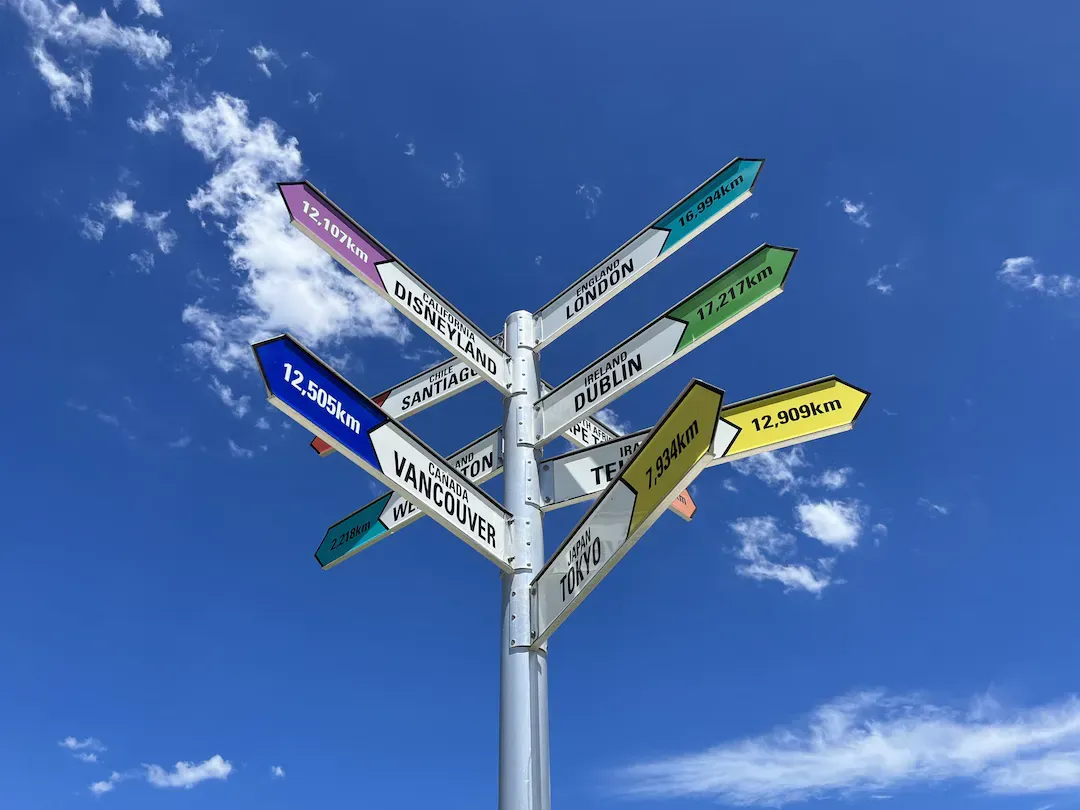
This article dives into the concept of Map of Content (MoC). It explains how MoCs act as meta notes, linking to other notes and serving as a dynamic index on various topics. The article highlights the benefits of MoCs in organizing and connecting ideas, enhancing the navigability and scalability of a knowledge base. It also touches on the idea of creating a "MoC of MoCs" to further structure and relate various topics.
How I use Daily Notes

This article explores my own journaling approach. It outlines my process for capturing ideas, and later organizing those during weekly reviews.
My Daily Note template in Obsidian

This article provides an insightful look into how he uses Obsidian for daily journaling and note-taking. In it, I share the Daily Note template I currently use. I also explain its structure and components. The article emphasizes how this structured approach aids in productivity, learning, and personal development.
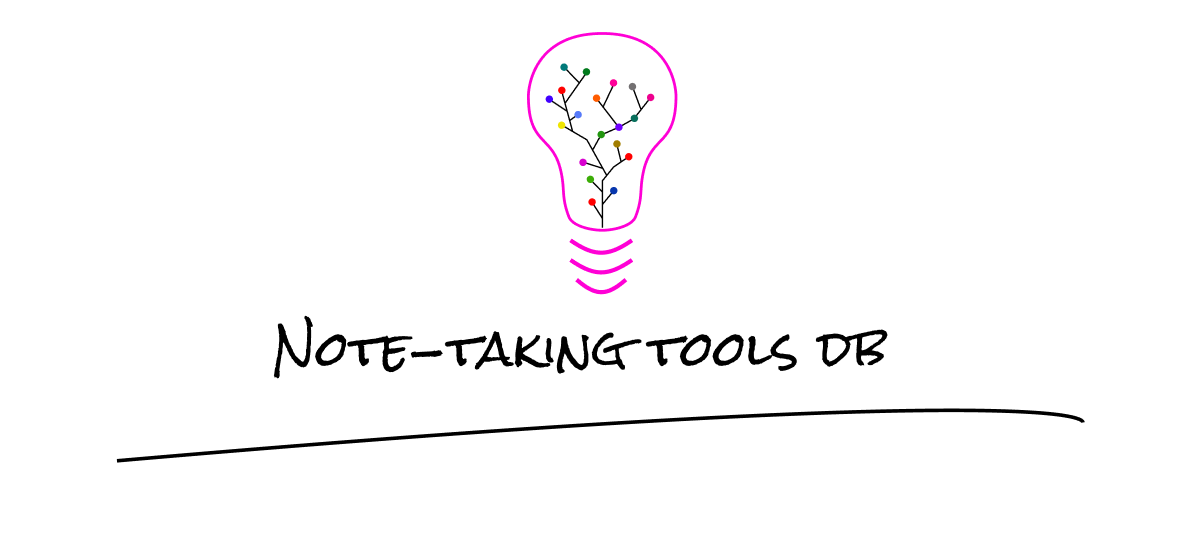
About Sébastien
I am Sébastien Dubois. You can follow me on X 🐦 and on BlueSky 🦋.
I am an author, founder, and coach. I write books and articles about Knowledge Work, Personal Knowledge Management, Note-taking, Lifelong Learning, Personal Organization, and Zen Productivity. I also craft lovely digital products . You can learn more about my projects here.
If you want to follow my work, then become a member.
Ready to get to the next level?
To embark on your Knowledge Management journey, consider investing in resources that will equip you with the tools and strategies you need. Check out the Obsidian Starter Kit and the accompanying video course. It will give you a rock-solid starting point for your note-taking and Knowledge Management efforts.
If you want to take a more holistic approach, then the Knowledge Worker Kit is for you. It covers PKM, but expands into productivity, personal organization, project/task management, and more:
If you are in a hurry, then do not hesitate to book a coaching session with me:


